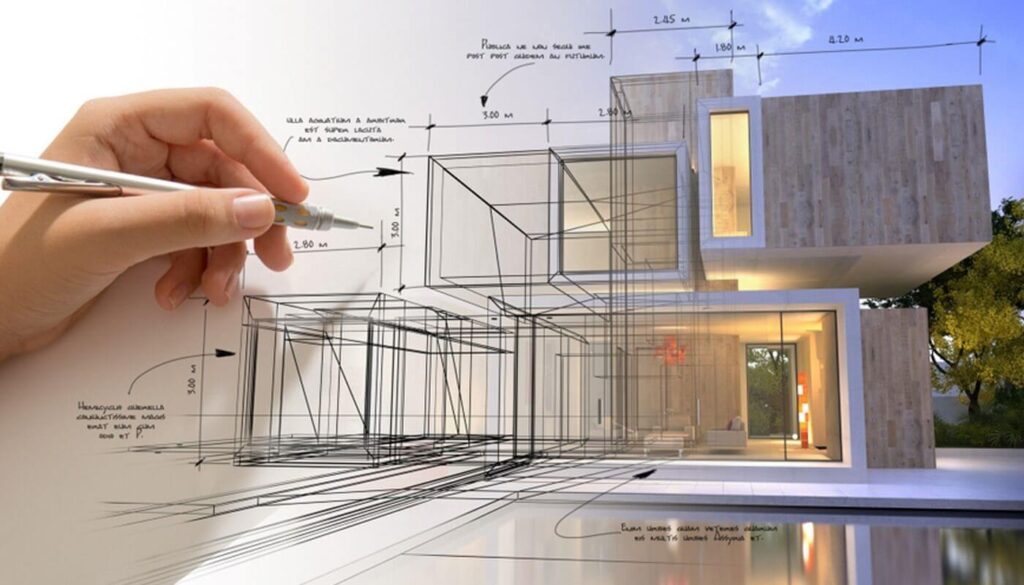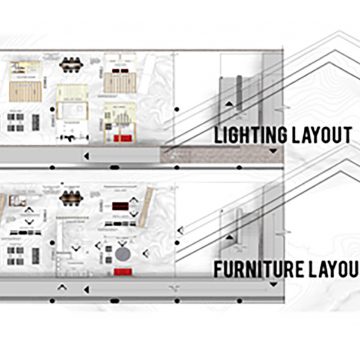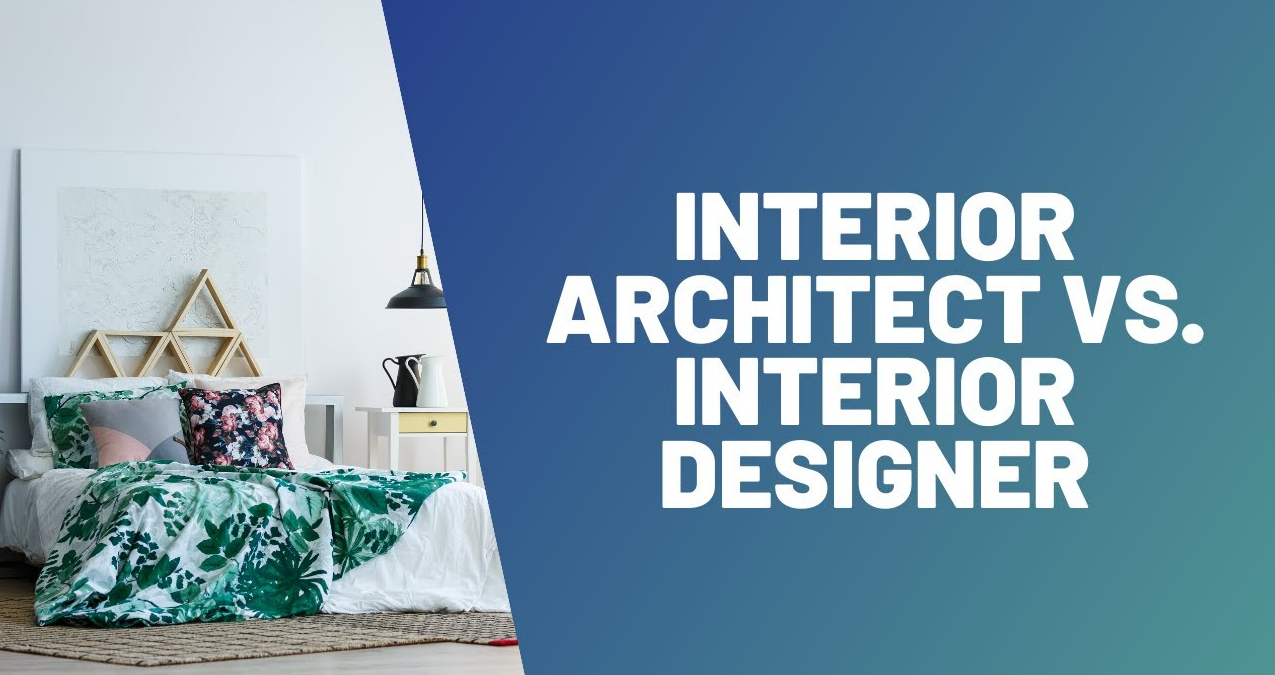Interior Design Near Me: Create the Perfect Ambiance for Your Home
Wiki Article
Creating Your Dream Area: The Influence of Interior Design and Home Architect on Home Looks
The magic of making a desire home exists not just in architectural prowess however additionally in the delicate creativity of interior style. These two self-controls intertwine, with architecture supplying the skeletal framework while indoor layout breathes life into the room with furniture, color, and structure option.The Intersection of Interior Design and Architecture: Greater Than Fulfills the Eye
Although many individuals believe that interior decoration and design are 2 different self-controls, a closer evaluation reveals an interesting junction between both. Style lays the foundation, offering the shell within which interior decoration runs. The type and feature of a space are not entirely determined by its building layout. Interior Design plays a pivotal function in finishing a structure and improving's architectural aspects, concentrating on the choice and presentation of indoor items such as furnishings, fixtures, and finishes. It is the interaction of these 2 disciplines that brings an area to life, transforming it from a simple structural entity into an alternative, lived experience. This cooperative connection highlights the value of incorporating architectural principles into interior decoration, and the other way around, to accomplish a harmonious and aesthetically pleasing setting.Utilizing the Power of Colors and Textures in Home Design
While the framework of a home might be the canvas, it is ultimately the use of shades and structures within indoor design that brings the vision to life. The strategic application of colors can establish the state of mind, develop harmony, and also influence the regarded size of an area. Neutral tones lend a feeling of calmness and space, while strong shades can attract and energize emphasis. In a similar way, textures play a crucial function in including deepness and character to a space. Rough textures, like raw wood or block, supply rustic appeal, while smooth surfaces, like marble, radiate beauty. By recognizing the emotional impact of colors and responsive appeal of textures, one can effectively change a home into a psychologically interesting and visually engaging home.
The Function of Furniture in Specifying Room and Way Of Living
Furnishings works as a defining element in indoor style, influencing both space and way of living. It not only provides functional utility but also adds to the aesthetic allure of the home. The selection of furnishings can significantly influence the assumption of room, with bigger pieces creating a perception of splendour, while smaller sized, minimalist designs can make an area show up roomy. Furniture acts as a reflection of the homeowner's lifestyle and individual taste. A preference for vintage, rustic furnishings might suggest a love for custom, whereas sleek, modern-day items typically suggest a modern, city lifestyle. Hence, furniture choice plays a vital role in specifying and customizing room, with each piece serving as a testament to the house owner's special identity. Countryside Homes interior design.
Architectural Considerations for Personalized Spaces
Beyond the prominent role of furniture, building considerations additionally play a pivotal component in personalizing rooms. The layout, design, and framework of a home can considerably influence its total visual, functionality, and the citizens' comfort. Comprehending the home's building aspects, such as the shapes and size of spaces, the placement of doors and windows, and the kind of materials made use of, can navigate to this website assist one customize their area to their lifestyle and preferences. Building components like arches, stairs, fireplaces, and columns can offer as the focal factors of a room. Stabilizing these architectural details with suitable furnishings, color design, and illumination can produce a tailored and harmonious atmosphere. Design, therefore, is a crucial factor in developing one's dream room.The Mental Impact of Aesthetically Pleasing Spaces
The impact of cosmetically pleasing spaces on human psychology is profound. These settings not only interest the detects however also contribute to an individual's general wellness. They can boost imagination, induce leisure, and even affect state of mind. Colors, patterns, and textures can stimulate psychological responses, while the format and illumination can impact actions and interactions. A properly designed space, with its cautious equilibrium of aesthetics and capability, can promote a sense of consistency, advertising positivity and productivity. Conversely, poorly created rooms can stimulate feelings of discomfort or stress and anxiety. Indoor design and design are not just about producing aesthetically appealing spaces, however additionally regarding cultivating atmospheres that improve emotional wellness and complete satisfaction.

Verdict
Finally, developing your dream area is a nuanced process that stabilizes the structural aspects of style with the aesthetic selections of interior decoration. By very carefully picking shades, structures, and furniture, you can craft rooms that not only look attractive but also functionally offer your way of living. Ultimately, the effective combination of these techniques promotes health and wellbeing, triggers imagination, and cultivates a sense of individuality within the home.Designing Your Desire Area: The Influence of Interior useful link Style and Home Engineer on Home Aesthetics Countryside Homes interior design.
The magic of making a dream home lies not only in building expertise however also in the fragile artistry of interior layout. These 2 disciplines intertwine, with design providing the skeletal framework while interior design takes a breath life right into the area with color, structure, and furniture option.Furnishings offers as a specifying element in why not try these out interior design, influencing both room and way of living.In conclusion, creating your desire space is a nuanced process that stabilizes the architectural components of design with the visual options of interior design.
Report this wiki page